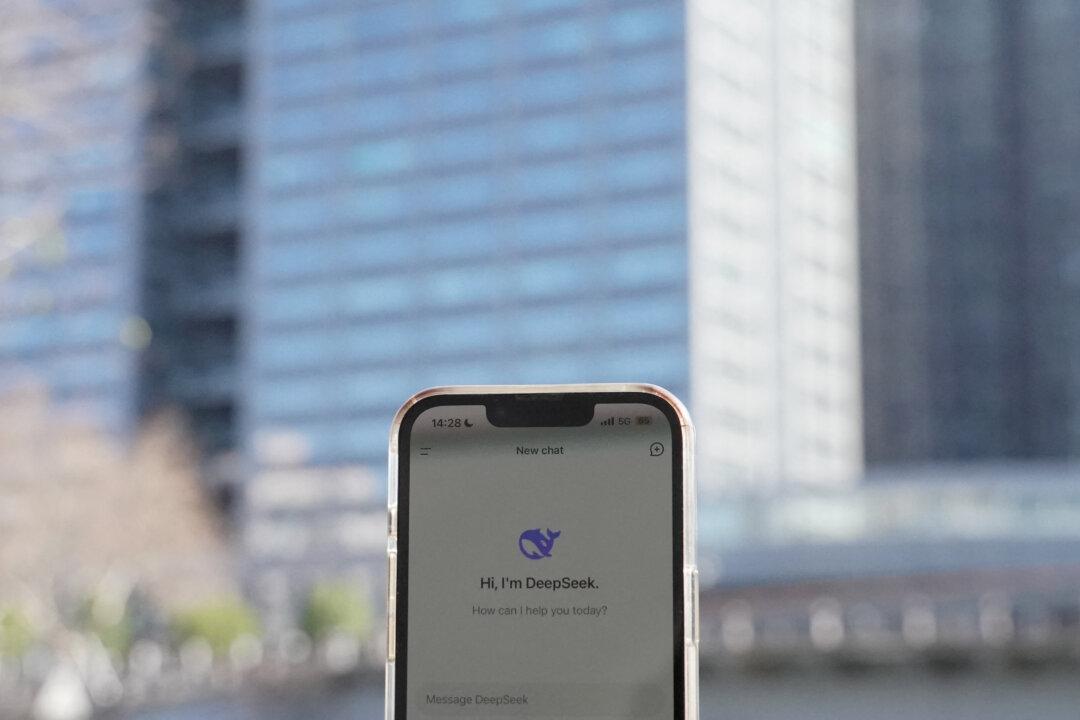In December, Chinese Coast Guard vessels have been provoking Philippine Navy and Coast Guard vessels at a shoal near the Philippines that China claims as its own.
The United States and Japan have reaffirmed their commitment to support Southeast Asian countries, including the Philippines, in maritime defense against China.
On Dec. 9, the Philippines condemned China for its coast guard vessels firing high-pressure water cannons at three Philippine vessels near the disputed Scarborough Shoal, obstructing the delivery of fuel and food to Philippine fishing boats.
Philippine Officials indicated severe damage was done to the communication and navigation equipment on one of the vessels due to the attack. Additionally, suspected militia vessels that accompanied the Chinese coast guard used a long-range acoustic device, causing “severe temporary discomfort and incapacitation to some Filipino crew.”
On the following day, the Philippine Coast Guard reported that a vessel conducting a resupply mission was once again targeted by China Coast Guard vessels with high-pressure water cannons, damaging an engine of one of the ships. Another supply vessel was rammed by the Chinese vessels.
A spokesperson for the Philippine National Security Council described it as a serious escalation in the South China Sea. General Romeo Saturnino Brawner, Jr., Chief of Staff of the Armed Forces of the Philippines, stated that he was onboard the vessel targeted by the CCP’s water cannon and ramming.
The Philippine Department of Foreign Affairs summoned the Chinese ambassador to protest the aggression in the South China Sea.
U.S. Department of State spokesperson Matthew Miller issued a statement on Dec. 10, condemning China’s actions against the Philippine ships on Dec. 9 and 10. The statement described these acts as “jeopardizing the safety of the Filipino crew.” It called on China to abide by the Permanent Court of Arbitration’s 2016 ruling, which invalidated the CCP’s extensive sovereignty claims in the South China Sea.

China-Philippines Confrontation
Both China and the Philippines assert sovereignty over Scarborough Shoal, which China renamed as “Huangyan Island” in 1983.Scarborough Shoal is an atoll in the South China Sea, part of the Spratly Islands, approximately 560 miles from China’s Hainan Island and 150 miles from the Philippines. Under the 1982 United Nations Convention on the Law of the Sea (UNCLOS), countries have jurisdiction over natural resources within 200 nautical miles (230 miles) of their coasts.
Scarborough Shoal is strategically located along crucial international waterways. In 2012, China seized control of the island from the Philippines and stationed coast guard vessels there permanently.
Another disputed area is the Second Thomas Shoal, which lies approximately 120 miles west of Palawan Island in the Philippines. It is an atoll about 9.3 miles long and 3.5 miles wide, claimed by China, Philippines, Vietnam, and Taiwan. In 1999, the Philippines deliberately sank an old military ship on the atoll to assert sovereignty within its exclusive economic zone. Since then, disputes between China and the Philippines over this atoll have persisted.
On Dec. 3, the Philippines announced that over 130 Chinese vessels had gathered in the Exclusive Economic Zone of the Philippines in the South China Sea, with the numbers continuing to increase.
The South China Sea is a vital maritime trade route worth over $3 trillion annually, claimed in part by China, the Philippines, Vietnam, Indonesia, Malaysia, Brunei, and others. The Permanent Court of Arbitration ruled in 2016 that China’s claims over the entire South China Sea lacked legal standing.
In the first quarter of this year, the Philippines strengthened military cooperation with the United States, signing agreements and adding four military bases available for U.S. military use.

In response, the Chinese regime warned the United States to stay away from disputes in Asia and deployed warships and aircraft to closely monitor U.S. military ships and planes. At the end of last year, a Chinese fighter jet approached a U.S. military aircraft in the South China Sea, coming within less than 11 yards, almost causing a collision.
Shortly after, a China Coast Guard vessel used military-grade lasers on Philippine ships, causing temporary blindness to the Filipino crew. In September this year, China installed a floating barrier in a disputed area, blocking Filipino fishermen from entering the area for fishing.
On Dec. 2, the Philippine Coast Guard announced the establishment of a new observation outpost equipped with radar and other equipment on the largest remote island under Philippine control in the South China Sea. At the same time, China is constructing artificial islands in that area, seemingly intensifying the confrontation.
Japan’s Support for Southeast Asian Countries
For Japan, the South China Sea serves as a vital maritime lifeline for importing goods such as oil. Collaboration with Southeast Asian countries in this region is crucial to maintaining peace and maritime security for Japan, and it can contain China’s expansionist agenda in the Asia-Pacific, including in the East China Sea.On Dec. 4, the Japan Coast Guard conducted training exercises in maritime surveillance in Indonesia. The training involved coast guard personnel from Indonesia, the Philippines, Malaysia, and other countries, with the Japan Coast Guard personnel serving as instructors. The purpose was to help Southeast Asian countries build their own maritime security capabilities.
“I think that we have [increasing] challenges,” director of the Philippine Coast Guard Command Center Roland Lorenzana told reporters after joining the training.
Motonari Adachieputy director general of the Japan Coast Guard’s Administration Department said that Japan will continue to contribute to maritime stability in the Asia-Pacific region.






